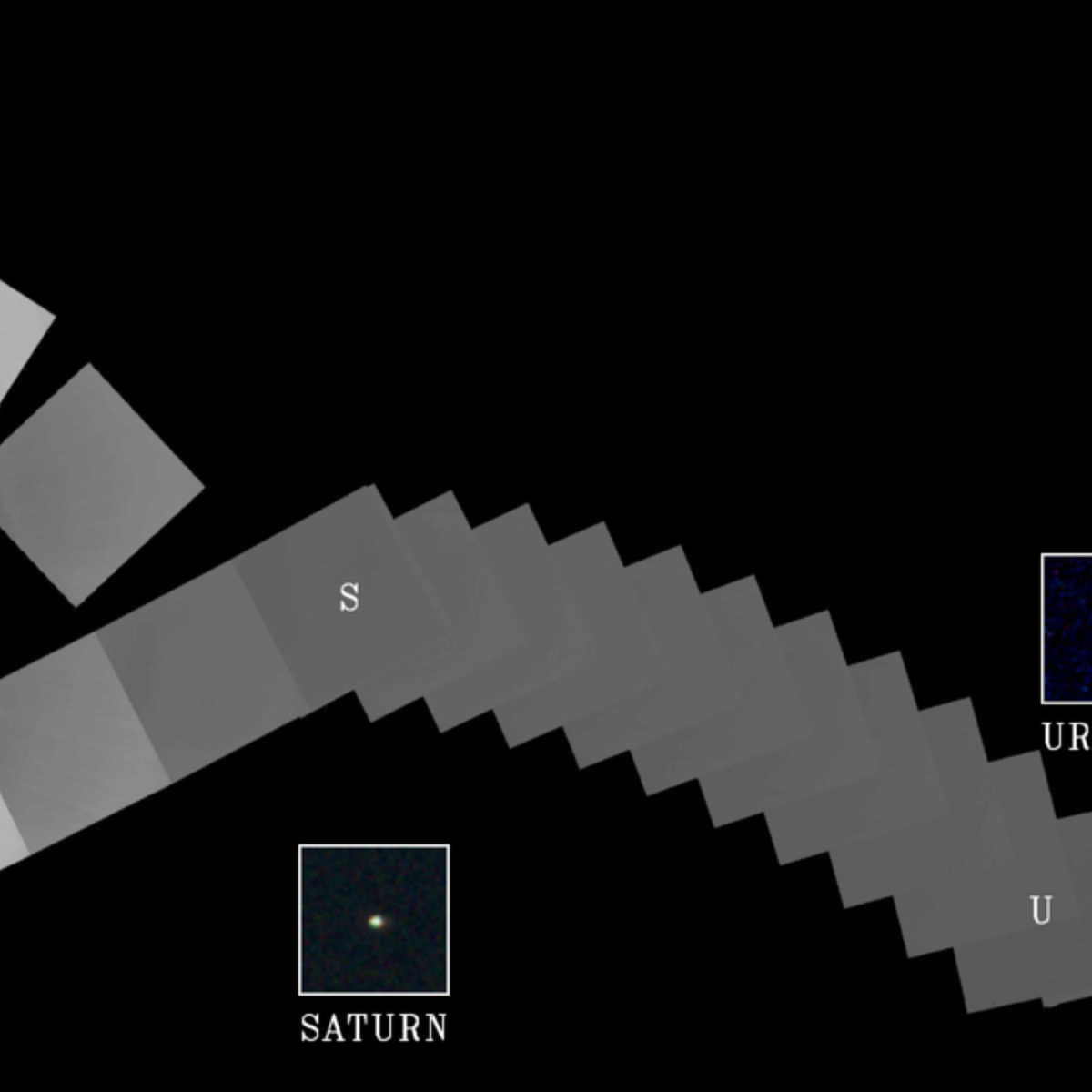All
All
Stories, updates, insights, and original analysis from The Planetary Society.
5...4...3...2...1...1...Happy New Year!
Read that title aloud. Yes, the last minute of 2005 is actually 61 seconds long.
A fun picture for holiday travel
A fun NASA explainer just crossed my email inbox and I thought I'd share it.
Another day, another natural disaster on Earth seen from space...
...but this one is much closer to home than Katrina and Rita were.
A debate about time
I received a press release in my inbox this morning that made me think. It came from the Royal Astronomical Society, and was titled
Images from the August 2, 2005 MESSENGER Flyby of Earth
On August 2, 2005, MESSENGER flew by Earth at an altitude of a mere 2,347 kilometers above Mongolia.
MESSENGER is getting close
MESSENGER is now returning images as it is bearing down on Earth.
MESSENGER Snaps Earth-Moon Image in Approach to First Flyby
As MESSENGER began its approach for its August 2 flyby of Earth, its cameras have snapped their first images. The images clearly show a cloudy Earth—and, to scientists' surprise, the Moon as well.
No Icecaps at the Lunar Poles
New observations reported this week in the journal Nature have cast doubt on the theory that thick deposits of ground ice lie conveniently close to the surface in permanently shadowed crater floors at the lunar poles.
Voyager's Last View
Home. Family. This will be Voyager's enduring legacy: It has changed forever the feelings raised by those words. Through its robotic eyes we have learned to see the solar system as our home. Through its portraits of the planets we know that they are part of our family. Apollo astronauts showed us a tiny Earth alone in the blackness of space. Now, with these images, Voyager has shown us that Earth is not really alone. Around our parent Sun orbit sibling worlds, companions as we travel through the Galaxy.
The Devon Diaries
Emily Lakdawalla reports on her expedition to Devon Island, where The Planetary Society is taking steps toward the goal of humans and robots working together to explore Mars.
Haughton Impact Crater
Haughton Crater measures about 20 kilometers (12.4 miles) in diameter, and was formed 23 million years ago when either an asteroid or a comet collided with our planet.
While We Weren't Watching: Apollo's Scientific Exploration of the Moon
Apollo gave us our money's worth. The Apollo lunar samples, totaling 381 kilograms (838 pounds), along with thousands of photographs and other data, are still yielding clues to the world that has been our Rosetta stone for deciphering planetary evolution.
The Gift of Apollo
Carl Sagan writes that once upon a time, we soared into the solar system. For a few years. Then we hurried back. Why? What happened? What was Apollo really about?


 Explore Worlds
Explore Worlds Find Life
Find Life Defend Earth
Defend Earth


 Sun
Sun Mercury
Mercury Venus
Venus Earth
Earth Mars
Mars Jupiter
Jupiter Saturn
Saturn Uranus
Uranus Neptune
Neptune Small Bodies
Small Bodies







